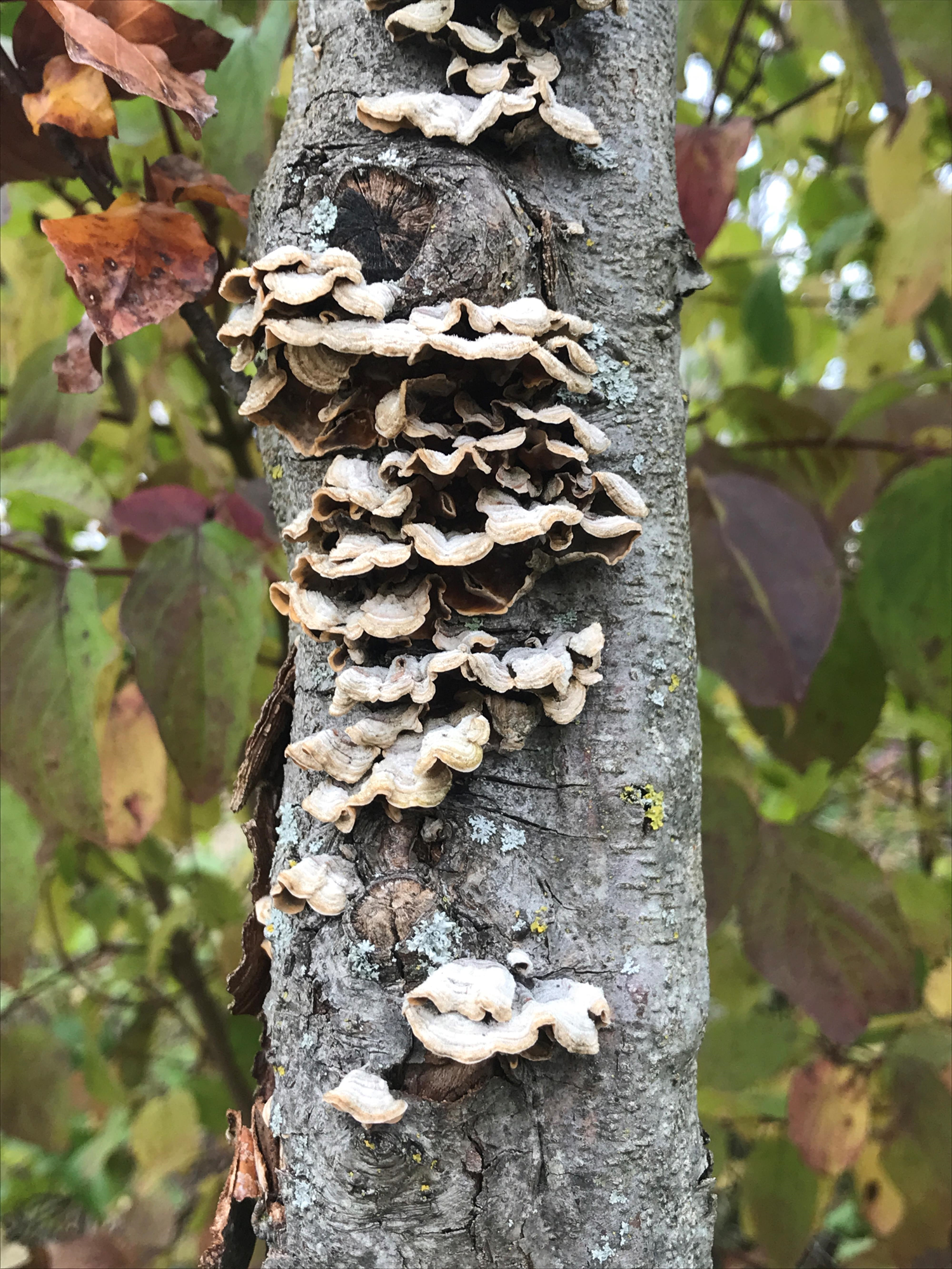Before you go any further...
I've read and accept the Terms of Use and the Privacy Policy.
I accept to receive newsletter and other communications associated with firms of The Explorers Network group'
I accept to receive commercial offers of The Explorers Network partners'.
Thanks!
Vote everyday for your favorite content
SENSITIVE CONTENT
This media contains sensitive content which some people may find disturbing or offensive.
You must be 15 years of age or older to view sensitive content.
Log inBirthday
Content being validated
THE EXPLORERS +
Watch our premium movies
The Explorers + is our premium movie catalog in Ultra High Definition (HD/4K/8K)! Hundreds of videos already available and daily new content on all your devices (web, mobile, tablets, smart TV).
Post content (photo or video) and get 1-month free
OR
Subscribe and support The Explorers Foundation's field actions for biodiversity.

Content being validated
Colonisation par polypores
3
0
La plupart des polypores que l’on trouve sur les arbres vivants ne s’attaquent qu’au bois de cœur, par l’intermédiaire du mycélium. Ce sont des saprophytes qui n’infectent et ne tuent pas les parties vivantes de l’arbre. En effet le bois de cœur ou « duramen » est toujours mort. La partie vivante d’un arbre est l’écorce et l’aubier (mince couche sous l’écorce).
Le bois de cœur permet essentiellement à l’arbre à mieux résister au vent. Sa disparition fait de l’arbre un arbre creux, solide, qui peut vivre encore 20, 40 ou même 60 ans.
La partie visible du champignon ou corps sporulant ne sert qu’à la reproduction. Si on retire cette partie visible, le mycélium continue à décomposer la partie interne de l’arbre.
Related content

Médias en cours d’exploration

